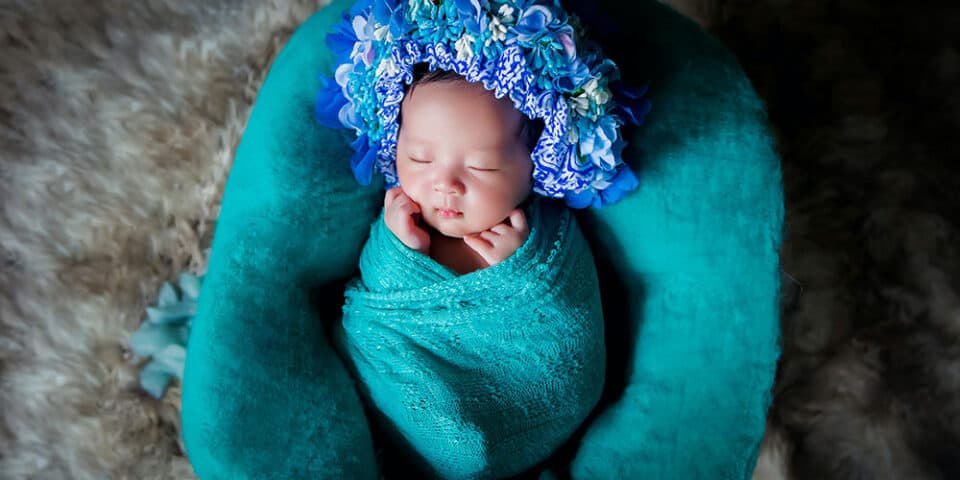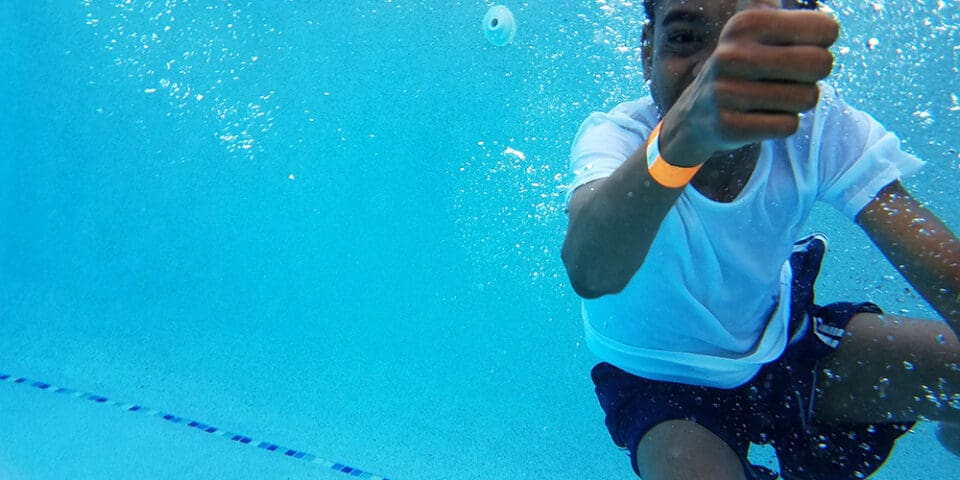When on set for a shoot, there’s a little secret weapon I always like to have on hand with me – a light meter.
You may be asking, ‘Why on earth would I want to use a light meter when my camera already has a light meter?’ Well, the difference here is that a camera measures reflective light while the light meter measures the light hitting your subject. Using a dedicated light meter allows you to take a reading off your subject, and with that allows for a more accurate overall reading.
Another benefit with light meters is that they can be used to measure independent lights. If you have a set-up with two or three light sources, you can measure them and build recipes, and this is really helpful when you’re looking to replicate certain lighting looks.
And lastly, and perhaps most importantly, using a light meter will save you time during your shoot. With this level of accuracy, and knowing the recipe that you want to concoct, you will be able to focus on your shoot and get more time back in your pocket.
For my productions, I use the Sekonic 478D. The reason I picked up the 478D is because it also allows you to measure the percentage of ambient light. Why is this important? Well, when you take a reading, it’ll give you a percentage as to how much of the light is from your light sources versus your environment. If you want your image to be entirely lit from your light sources, you will want that reading at 100%. Every 10% drop is about one stop of light loss that is now coming from the ambient light.
The Sekonic 478 is really easy to use. It has a touch screen and takes its measurements from the meter itself. All you have to do is hit one button and it will take a reading from your flash. Plus, you can also recess the light meter sphere itself, which you would want to do if you wanted a reading from another fill light or your secondary light, and you didn’t want to be impacted by your main light.
Now that we’ve talked about the gear and what it can do, how does this all come together? As mentioned earlier, using a light meter allows you to create lighting recipes and contrast ratios that show the difference in the bright and dark areas cast from the main (key) light compared to the secondary (fill) light. As you double your ratio, you’re increasing by a one stop difference between your light sources. For example, if you have a one-to-one ratio, it means they’re firing at the same power. The light meter will read them at the same power, and therefore, no difference in light. If you want to go to a two-to-one ratio, the difference would be one stop between the fill and the key lights. That is, your fill light would be one stop lower than your key light. If you want to create a really moody effect and bring out shadows in a scene, then your fill light would have to be two stops lower than your main key light.
Having a light meter is especially useful when you’re working outdoors. You have a really powerful light source in the sun, and being able to wield that to your advantage and understand how it can impact your image before you even press down on the shutter is very powerful for any creator. For example, if you want the sun to function as your key light, you can face your subject to the sun, take a reading of their face, and then have your edge light or your fill light come in and take a measurement of that to create a contrast ratio.
Or, for example, if you want the sun in the background and you don’t want to blow out the background, you could do the following: take a reading of the ambient environment and then take a measurement with your other light source in front of the subject (which is now functioning as your key light) and build a ratio that would expose for the background, as well as your subject. And if you want to see the background, you would want to make sure that the ratio is pretty close together. And what if you want to completely black out the background to hide the sun and its effects from the outdoors? Well again, with a light meter, you know exactly what power output, shutter speed, and ISO you need to get the intended result.
As you progress through your photography career, the time that you invest in each production becomes more and more critical. Having a light meter is a great resource that not only saves you time and money, but helps you get the exact result you’re looking for.





